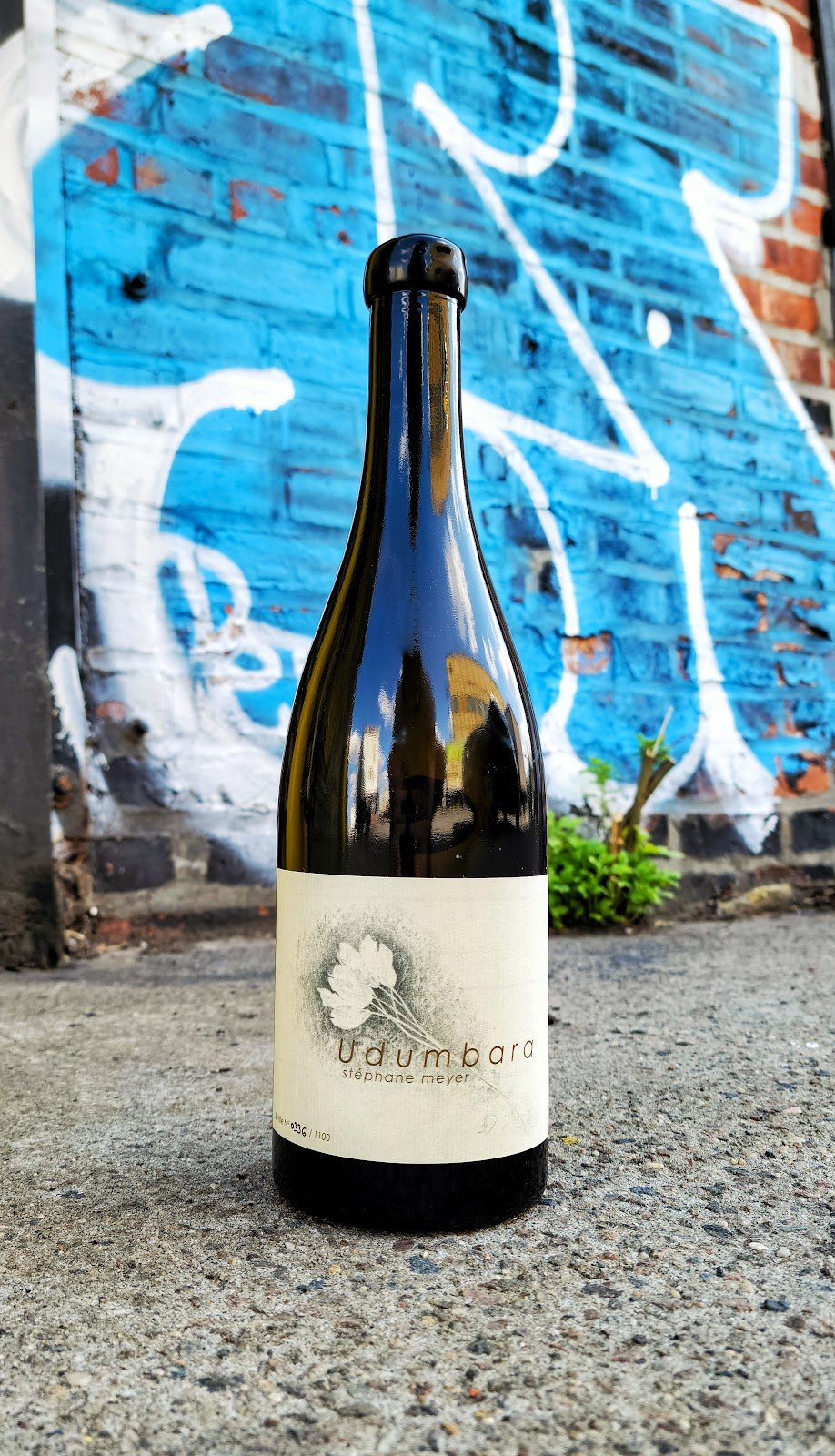Stéphane Meyer
Born and raised in the Jura to a family of winemakers and cheesemongers, Stéphane Meyer's connection to grapes dates back to distilling brandy with his grandfather as young as 12 years old. Though he studied oenology for seven years and was supposed to take over his family's vineyards, disagreements over the viticultural and winemaking approach meant this never happened.
Stéphane Meyer
Instead, much of Stéphane's life has been spent as a forager gathering wild edible plants for customers ranging from Michelin Star chefs to homeopathic pharmaceutical companies. His seemingly-mystical relationship with the plants he gathers and the land on which they grow earned him the nickname "The Druid of Paris", a reference to the druid class in ancient Gaul – high ranking figures looked to as legal authorities, medical professionals, lorekeepers, and religious leaders.
An ardent believer in strengthening the connection between the food and beverages we consume and the plants from which they are produced, Stéphane has often found himself at odds with how wine and spirits are made. From the cultivation of the raw material to the fermentation and distillation process, his philosophy and approach is more in line with agricultural practices that predate the French Revolution.
"La Vigne aux Dames"
After moving out of Paris and back to the Jura, Stéphane bought two tiny plots of land on the heralded lieu-dit "La Vigne aux Dames" in Château-Chalon; combined they are about one hectare. On the larger of the two plots – a mere .7 hectares – he produces Udumbara, a 100% Savagnin wine made to the exacting standards of The Druid of Paris.
Viticulture
Regarding his approach to viticulture, Stéphane "va vers le vivant" – he goes with nature. In June, he cuts the grass and plants but leaves the plant matter on the ground to provide energy to the soil for harvest. By also adding woodchips to the vineyard, he proactively creates an insect-friendly environment which contributes to the health of the soil. The vineyard in which the grapes for this wine were grown is .7 hectares on the Les Vignes Aux Dames lieu-dit.
Grapes are harvested 100% by hand. Stéphane rents a refrigerated truck which is kept below 37 degrees Fahrenheit in which the grapes spend several hours after being picked. This is done to emulate conditions more akin to the climate during harvests prior to 1970, which took place during October. After 1970, clonal selection and climate change led to earlier harvests. Stéphane believes that this cooler environment was a factor in the production of wines with more structure, gravitas, and purity.
Vinification
Grapes are destemmed by hand before pressing in a wood and stone press housed in a cellar beneath Stéphane's house. As a result of the time the grapes spent in a refrigerated environment, the juice enters the cask at around 50 degrees and fermentation with ambient yeast begins at a much lower than usual temperature. Fermentation lasts from three to six months. Stéphane believes that this cooler, longer fermentation time leads to livelier, more aromatic wines whereas warmer fermentations cause homogenization of flavors and aromas.
Stéphane uses a mix of new oak and used wine casks for aging. Barrels are topped off once yearly from a demijohn containing wine that was not added to a barrel. The wine develops a layer of yeast and ages partially sous voile, though the oxidative element is not what Stéphane prioritizes nor does it dominate his wine's profile.
Stéphane Meyer, Udumbara
Château-Chalon, Jura • 100% Savagnin wine
Stéphane notes that to make great wine, one does not need to be a scientist – most of the work happens in the vineyard. "Protéger le ju et intervenir le moins possible," he says; protect the juice and intervene as little as possible. UDUMBARA refers to a legendary, mythical flower said to bloom every three thousand years.









